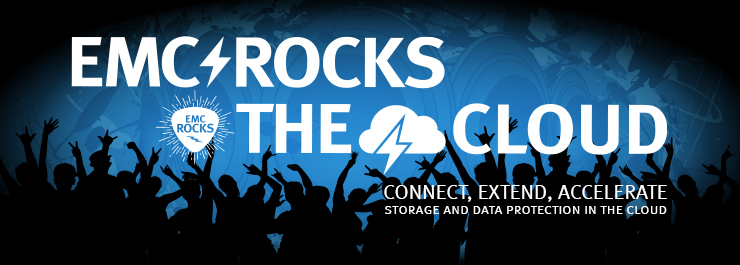
Cloud storage is a bit like air travel. When flight was new, it made new things possible – distant holidays, global business, year-round seasonal produce. But it hasn’t replaced every other form of travel; we don’t fly to the store to buy milk. Rather, flight is just one method of transport. Likewise, cloud is just one storage option. So why do we get so spun up about it?
You could argue that there are only three significant differences between a cloud data center and a private data center.
The first: you don’t own a cloud data center. That one’s obvious. What are the other two?
Second: Price
The cloud is often notably cheaper than other forms of storage. Why? Scale! If you buy that milk by the pint in a mom-and-pop store, you’d expect to pay more than you would if you travelled to Costco and bought gallons of the stuff. But, “bulk at a distance” comes at its own price – it takes time to go and get it. Data in the cloud is the same – the SLA for retrieving it will be longer than data onsite.
That makes the cloud great for workloads with long SLOs. But not for ‘hot’ data that is accessed repeatedly or for information that offers critical insight or time-sensitive business advantage.
Third: Format
On-premise data is normally “block and file,” while cloud data uses “object” storage. So what? Hot data often isn’t hot forever and, just like yesterday’s fish supper, as data gets colder, you don’t want to keep it as close anymore. But, if data is stored in one format locally, and another in the cloud, that’s a major barrier to being able to move data between storage targets.

EMC is Changing the Game
With the integration of even more cloud functionality across its primary storage and data protection product portfolios, EMC is making it easier for customers to realize the cost, simplicity and flexibility benefits of the cloud.
FAST.X on VMAX allows customers to automatically tier data across all their storage targets, including the cloud. VMAX manages data stored across different hardware, from multiple manufacturers, ensuring that hot data is stored locally on responsive drives – such as XtremIO, VMAX or VNX solutions – reformatting it as it cools and handing it off to more-cost-effective storage targets, such as the cloud.
Similarly, CloudBoost enables businesses to ensure protection storage is on the optimum platform, too. CloudBoost allows customers to cache protection data locally and trickle it up to the cloud as its probability of being required for restore diminishes.
A Two-way Street
Ultimately, your path to the cloud has to be a two-way street. Data that you move to the cloud has to be able to be brought back, too. The way to get the most from the cloud is to treat it like any other type of storage. You need to be able to move the data; reach the data; interact with the data.
So, treating the cloud as something ‘other’, something ‘different’, is ultimately going to mean missing out on the transformational benefits that it can bring.